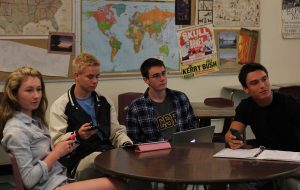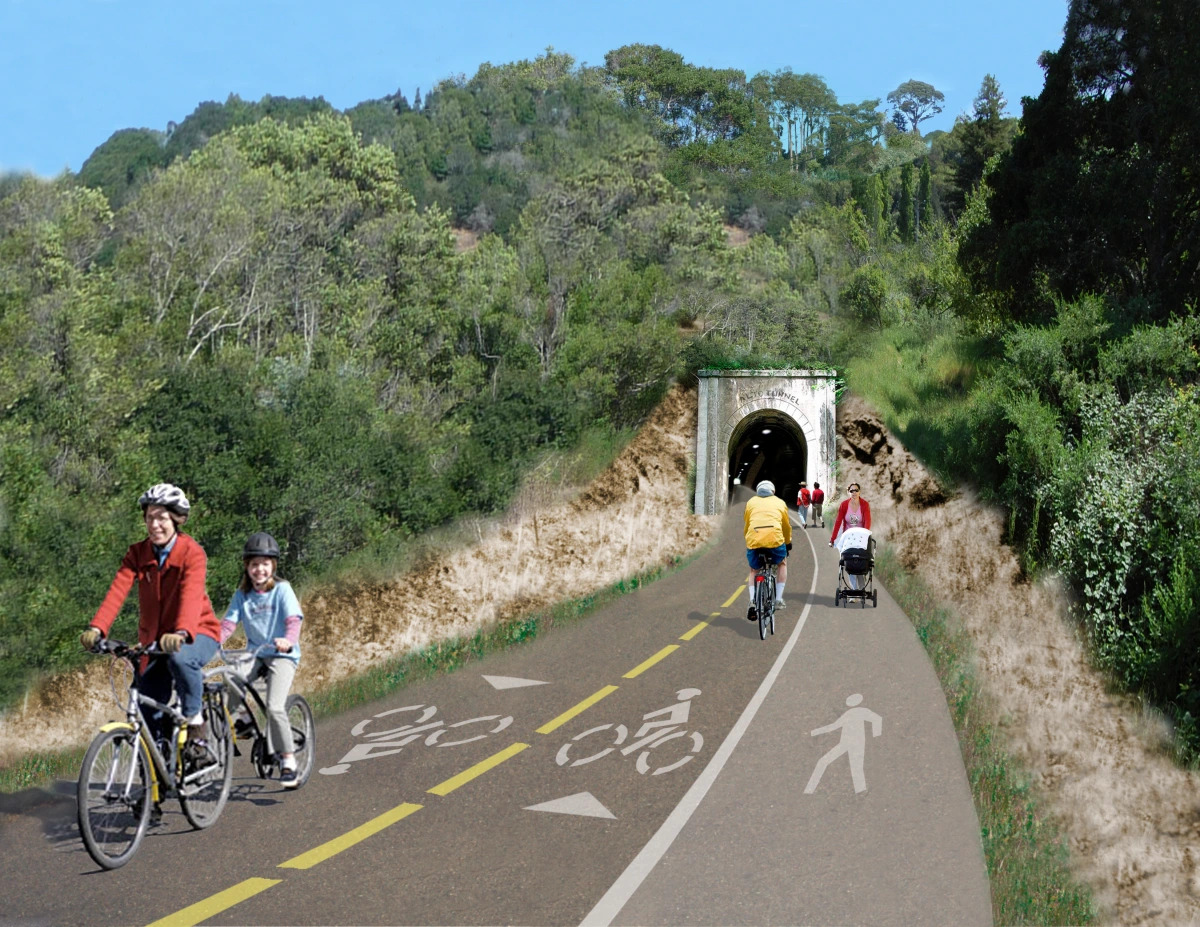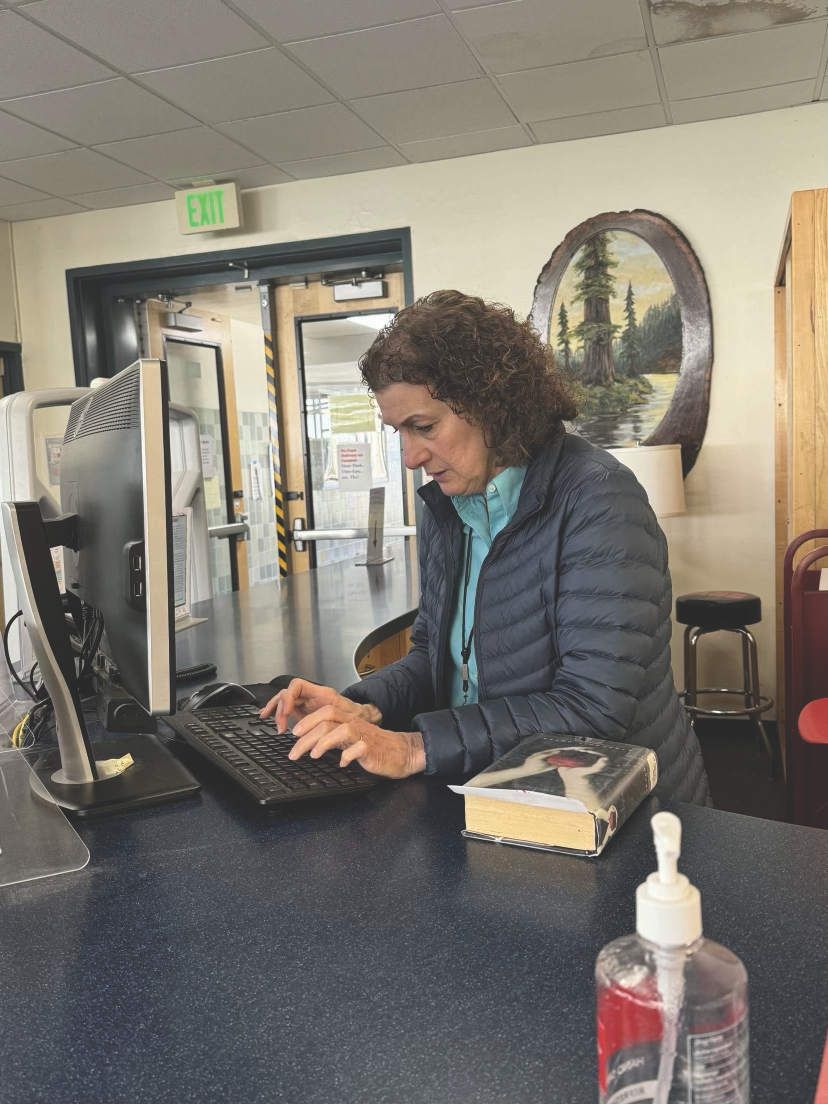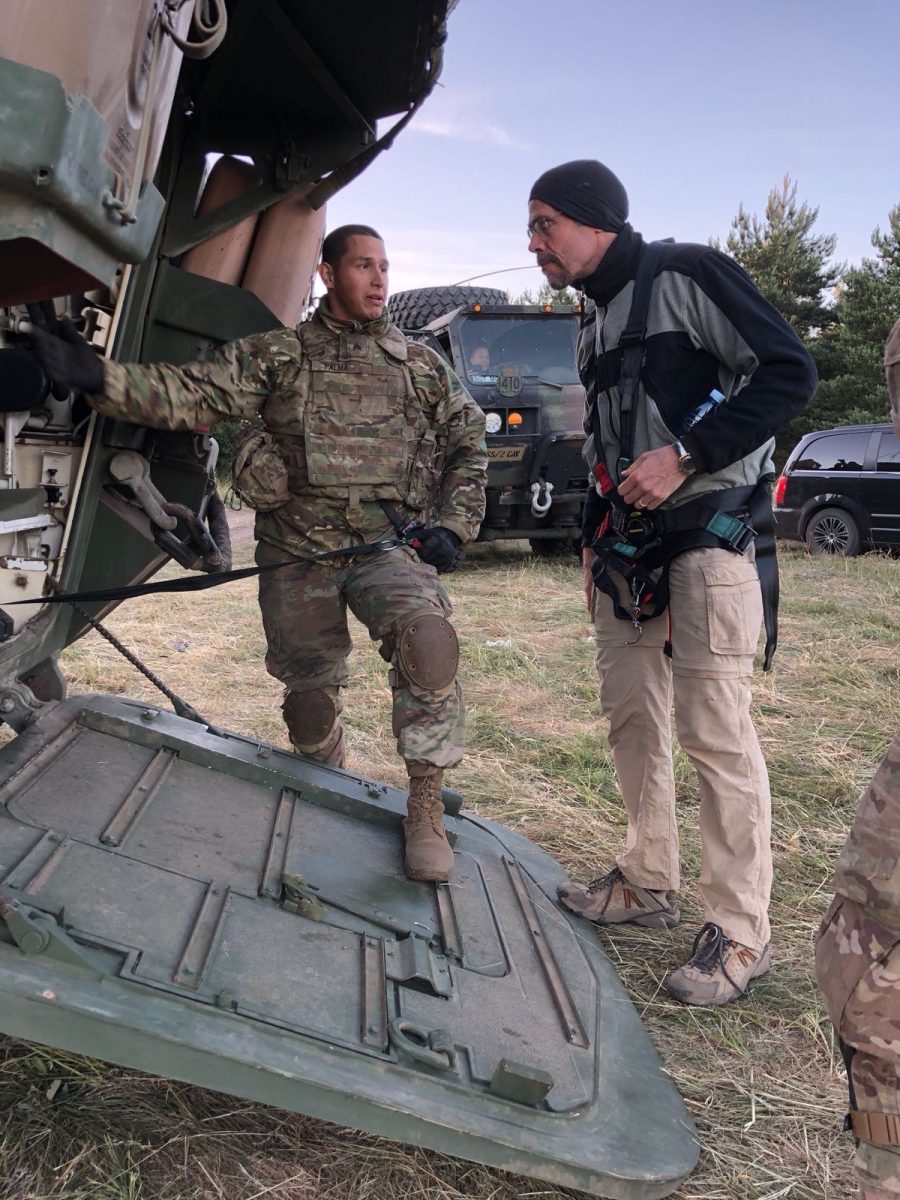As the bell rings to signify the start of class, most teachers kindly remind students to turn off their phones and put them away.
But to make class time more valuable, deliver information immediately, and spice up lesson plans, teachers have made moves to bring technology into their classrooms.

English teacher Cheryl Morris has introduced a program known as “Flipped Classrooms,” which combines online lectures with in-class activities allowing students to learn material at their own pace and have class time to communicate with their teacher.
“‘Flipped Classrooms’ is the idea that there is a better way to use your face-to-face time with students and to integrate technology to make your time more efficient,” Morris said. “One of the things I’ve been trying to do is to move paperless, and also to help students use social media and other technology that they use in their day-to-day lives for learning.”
The hashtag “#TMIclass,” an acronym for Thomasson Morris Instruction can be seen on many of Morris’ students’ Instagram accounts for a photo essay assignment meant to demonstrate their ability to reflect on how they learn, create definitions based on personal experience, and use photographs to symbolize an experience.
Morris said that students who do not have smartphones are allowed to use her laptop or iPad, or work in groups to complete their assignments. She also provides paper options for students who do not like using their phones.
Morris is not the only Redwood teacher who values the use of technology in the classroom. Math teacher Ernesto Diaz uses pollseverywhere.com, a website that sends students a code on their cell phone, then allows them to send a text to the code with their response to a given question.
For example, one of the surveys asked students about their favorite learning method. It found that the students in Diaz’s class preferred to learn using a combination of Powerpoint presentations and written assignments.
“It’s not only powerful, but it allows a discussion in the next step, but not a discussion in abstract terms,” Diaz said. “It actually applies to the people who are in the classroom.”
According to Diaz, websites like wolframalpha.com help students understand math while also learning about real life situations such as mortgage payments.
“In one of the classes this week we were dealing with the algebraic manipulation to calculate what will be your payment in a mortgage—when you borrow money for a house,” Diaz said. “It allows you to calculate how much you are going to pay and what happens with the interest year by year.”
Diaz said that these sites provide a more interesting classroom experience.
“If you have access to technology it allows you to do a deeper, more interesting lesson,” Diaz said. “A couple students ask the question, ‘When am I going to see this in real life?’ because they are really interested to see if there’s a link. Then I can answer in an authentic manner – ‘Yes you’re going to use this, and this is how you use it.’”
While Diaz said that technology helps keep the class engaged in the lesson, Morris emphasizes that the students in her class are still learning the same material as students in other English courses.
“What I don’t want is it to seem like I’m anti-traditional education, because I’ve taught in the traditional education world for most of my career,” Morris said. “I like this because it works for me and it works for my personality.”
Morris “flipped” her class in the middle of second semester last year at a different school. The transition has proved to be helpful in Morris’ case.
“The first semester I had maybe 125 students and there were 17 Ds and Fs of all those students,” Morris said. “Second semester, I had zero Ds and zero Fs.”
Diaz said that understanding technology ties in with literacy.
“Technology in the 21stCentury is a language that needs to be spoken fluently by all students,” he said.






















